Alejandro J. León
Filling-Based Techniques Applied to Object Projection Feature Estimation
Feb 29, 2012
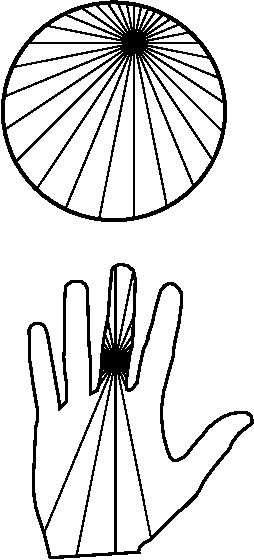
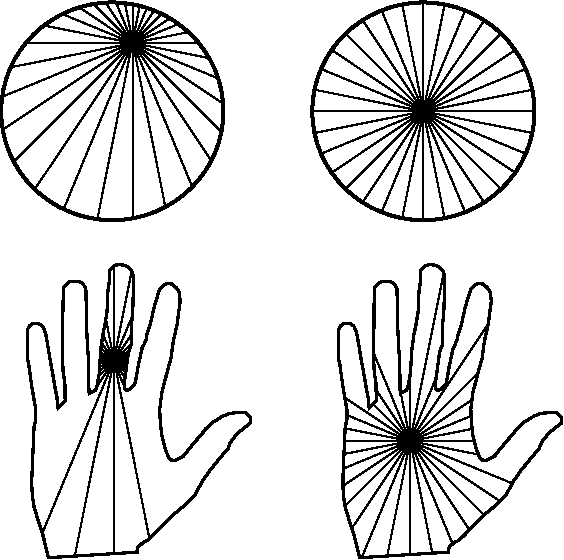
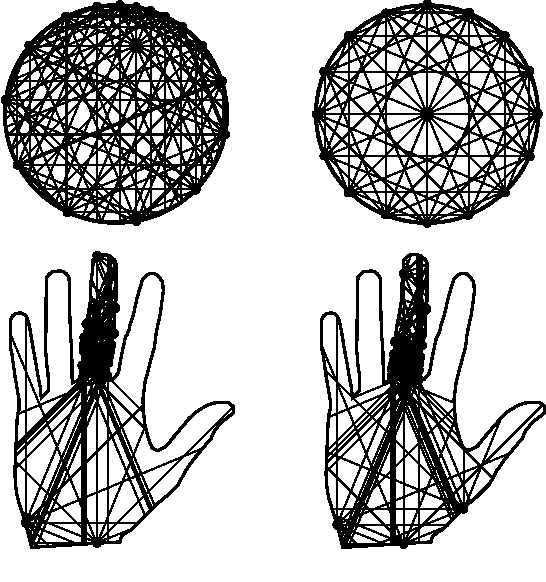
Abstract:3D motion tracking is a critical task in many computer vision applications. Unsupervised markerless 3D motion tracking systems determine the most relevant object in the screen and then track it by continuously estimating its projection features (center and area) from the edge image and a point inside the relevant object projection (namely, inner point), until the tracking fails. Existing object projection feature estimation techniques are based on ray-casting from the inner point. These techniques present three main drawbacks: when the inner point is surrounded by edges, rays may not reach other relevant areas; as a consequence of that issue, the estimated features may greatly vary depending on the position of the inner point relative to the object projection; and finally, increasing the number of rays being casted and the ray-casting iterations (which would make the results more accurate and stable) increases the processing time to the point the tracking cannot be performed on the fly. In this paper, we analyze an intuitive filling-based object projection feature estimation technique that solves the aforementioned problems but is too sensitive to edge miscalculations. Then, we propose a less computing-intensive modification to that technique that would not be affected by the existing techniques issues and would be no more sensitive to edge miscalculations than ray-casting-based techniques.
The Object Projection Feature Estimation Problem in Unsupervised Markerless 3D Motion Tracking
Nov 18, 2011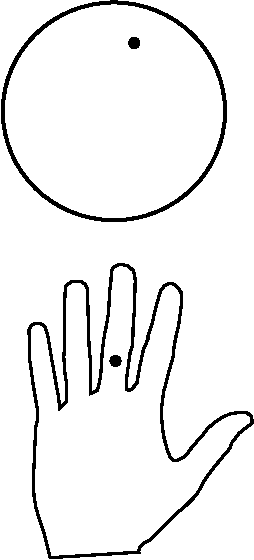
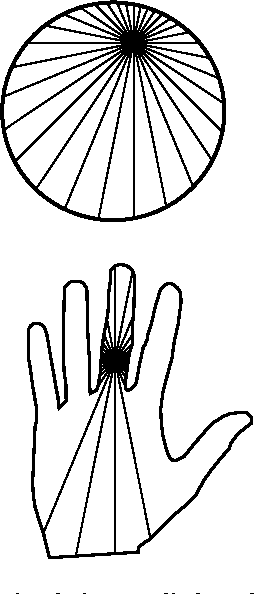

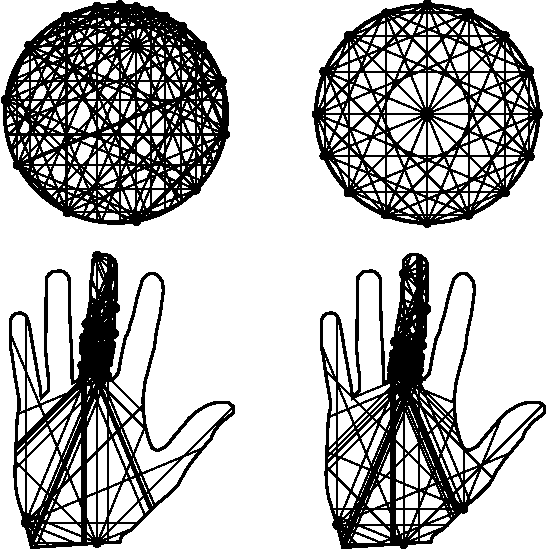
Abstract:3D motion tracking is a critical task in many computer vision applications. Existing 3D motion tracking techniques require either a great amount of knowledge on the target object or specific hardware. These requirements discourage the wide spread of commercial applications based on 3D motion tracking. 3D motion tracking systems that require no knowledge on the target object and run on a single low-budget camera require estimations of the object projection features (namely, area and position). In this paper, we define the object projection feature estimation problem and we present a novel 3D motion tracking system that needs no knowledge on the target object and that only requires a single low-budget camera, as installed in most computers and smartphones. Our system estimates, in real time, the three-dimensional position of a non-modeled unmarked object that may be non-rigid, non-convex, partially occluded, self occluded, or motion blurred, given that it is opaque, evenly colored, and enough contrasting with the background in each frame. Our system is also able to determine the most relevant object to track in the screen. Our 3D motion tracking system does not impose hard constraints, therefore it allows a market-wide implementation of applications that use 3D motion tracking.
 Add to Chrome
Add to Chrome Add to Firefox
Add to Firefox Add to Edge
Add to Edge